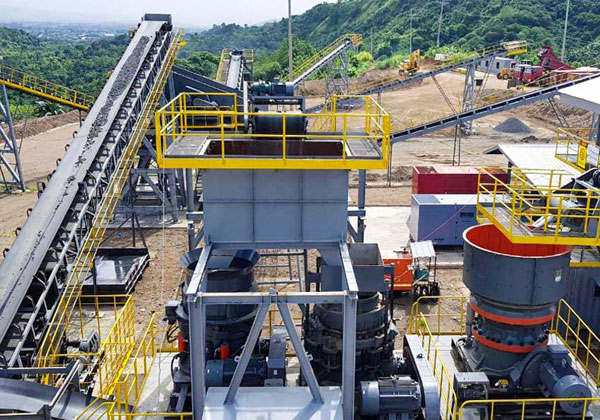Gold mining is a complex process that requires several stages to extract gold from ore. One of the key early stages is the crushing of ore, which prepares the raw material for further processing and extraction. The crushing process is essential to reduce large rocks into smaller, manageable pieces and to liberate the gold particles contained within the ore. This article outlines the typical crushing process in a gold mining operation.
1. Overview of Gold Ore Crushing
Gold ore usually comes from hard rock mines where the gold is embedded in quartz or other minerals. To extract the gold efficiently, the ore must be crushed and ground into fine particles. Crushing breaks down large chunks of ore into smaller pieces, making it easier to handle and process.

2. Stages of Crushing in Gold Mining
a. Primary Crushing
-
Purpose: Reduce large ore rocks from the mine to a size that can be handled by the secondary crusher.
-
Equipment Used: Jaw crushers or gyratory crushers.
-
Process: Large ore chunks from blasting or excavation are fed into the primary crusher. This machine uses compressive force to break the rock down to smaller sizes, typically around 150-300 mm in diameter.
b. Secondary Crushing
-
Purpose: Further reduce the size of the ore pieces for easier grinding.
-
Equipment Used: Cone crushers, impact crushers, or hammer mills.
-
Process: The output from the primary crusher is fed into the secondary crusher to reduce the particle size further, usually to around 20-50 mm. This makes the ore suitable for the grinding stage.
c. Tertiary Crushing (Optional)
-
Purpose: For ores that require finer crushing before grinding.
-
Equipment Used: Vertical shaft impact crushers or fine crushers.
-
Process: This stage is used if the ore is particularly hard or if the gold particles are very fine and require extra liberation.
3. Grinding
After crushing, the ore is usually fed into grinding mills such as ball mills or SAG (semi-autogenous grinding) mills. Grinding further reduces the particle size to liberate the gold particles from the surrounding rock.
4. Screening and Classification
After crushing and grinding, the ore is screened or classified to separate particles of different sizes. Proper classification helps optimize the extraction process, ensuring that only suitably sized material goes to the next stage.
5. Importance of Proper Crushing
-
Increases Gold Liberation: Efficient crushing ensures that gold particles are exposed and freed from the ore matrix.
-
Improves Grinding Efficiency: Smaller, uniform particle sizes reduce grinding energy consumption.
-
Enhances Downstream Processing: Properly crushed ore improves the efficiency of subsequent processes like flotation, cyanidation, or gravity separation.
6. Environmental and Safety Considerations
-
Dust control is critical during crushing to protect workers and reduce environmental impact.
-
Noise levels must be managed with proper equipment enclosures and mufflers.
-
Proper site layout and equipment maintenance ensure safe operations.
The gold mine crushing ore process is a vital part of gold extraction. Proper crushing stages reduce the ore size progressively to optimize gold recovery. By understanding and implementing an efficient crushing process, mining operations can maximize gold yield while minimizing costs and environmental impact.
